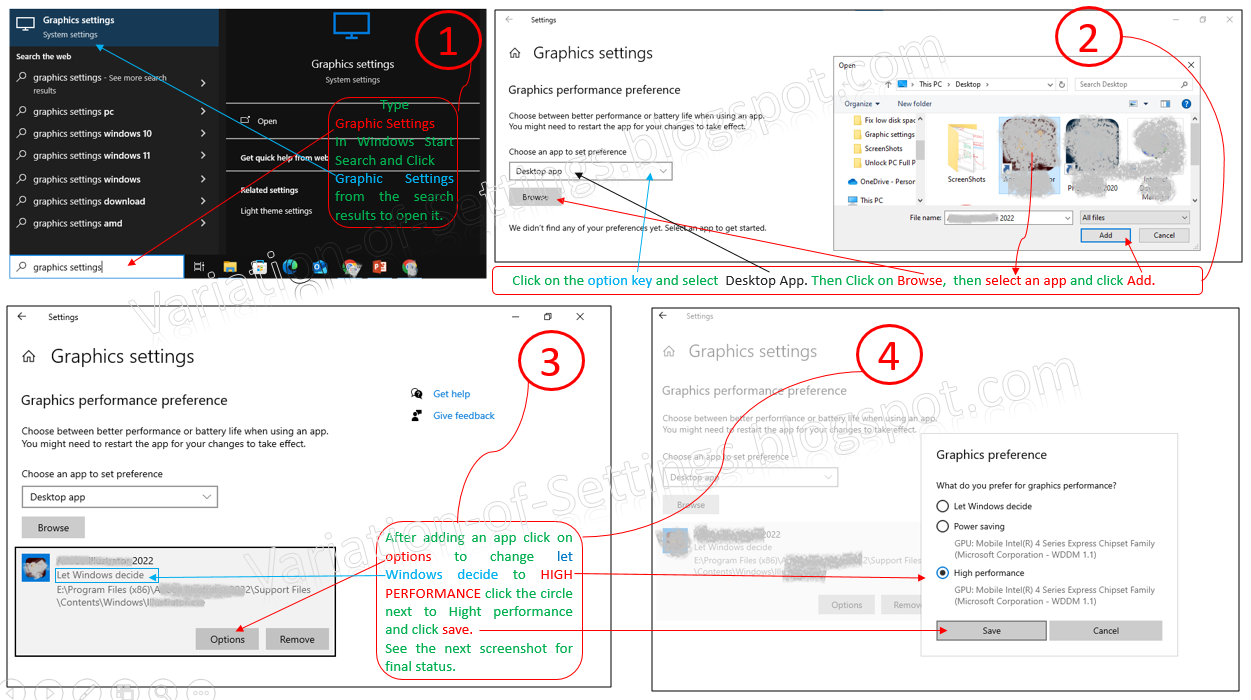How to Pinpoint Problematic Updates : A Comprehensive Guide on Identifying Faulty Updates and Spotting Procedures
Why it is Essential to Check for faulty update?
Whether you’re a seasoned troubleshooter or a curious explorer, understanding how to pinpoint problematic updates is essential. So, grab your digital magnifying glass, and let’s unravel the mysteries together!
The significance of Identifying or Spotting a problematic update
The significance of detecting damaged update can not be ignored for several reason:
1. Efficient Resource Management:
When updates fail, they tie up disk space, memory, and processing power. By identifying these updates, you can free up valuable resources and keep your system running efficiently.
2. Streamlined Troubleshooting:
Focusing on specific updates streamlines your detective work. You can investigate error codes, known issues, and targeted solutions, making troubleshooting more efficient.
3. Enhanced Stability and Performance:
Identifying faulty updates helps maintain a well-tuned system. It prevents crashes, slowdowns, or compatibility issues, ensuring smoother performance.
4. Critical Security Considerations:
Some updates address critical security vulnerabilities. Pinpointing problematic updates promptly allows you to patch security holes, preventing potential risks.
Remember, identifying problematic updates early ensures a smoother computing experience.
Signs of a Faulty Update
Sometime an update might cause different unknown issues. However, Following are a few common signs of a faulty update:
1. Artifacts on Screen:
Visual oddities during graphics-intensive tasks like gaming or video rendering may indicate faulty updates.
2. Frequent Crashes:
Abrupt exits from applications or system reboots are often caused by incompatible or corrupted updates.
3. Overheating Drama:
Excessive heat from the GPU can lead to performance issues and hardware damage.
4. Loud Fan Monologues:
Abnormal sounds from the system's fans may signal overheating issues.
5. Performance Tango:
Reduced frame rates, lag, and missed steps in applications may indicate faulty updates affecting GPU functionality.
How to Pinpoint The Problematic Update
1. Review Update History:
Navigate to Settings > Update & Security > Windows Update > View update history to pinpoint recent updates coinciding with issues.
2. Use the Windows Update Troubleshooter:
Access it via Settings > System > Troubleshoot > Other troubleshooters, then select Windows Update. Follow the prompts to identify and resolve any issues.
3. Roll Back Updates:
Consider rolling back to a previous version if a specific update is suspected of causing problems.
Remember, troubleshooting system updates requires patience and care. If you're uncertain, seek assistance from a professional or visit the product manufacturer's website for support.





.png)


Comments
Post a Comment